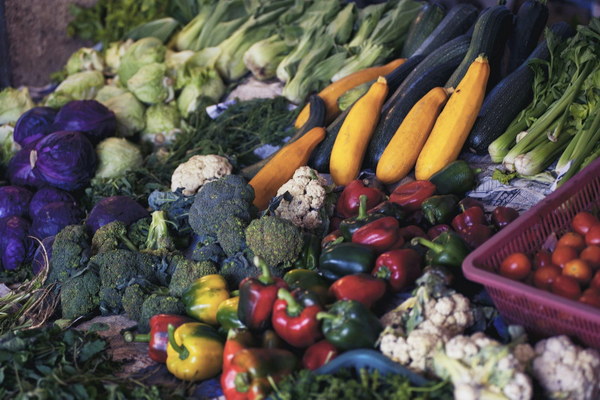Unlocking the Potential Exploring the Impact of Land Subsidies on Agricultural Productivity and Food Security
In recent years, land subsidies have emerged as a crucial tool for governments to enhance agricultural productivity and ensure food security. These subsidies, which provide financial assistance to farmers, have the potential to unlock the agricultural sector's full potential, leading to improved food availability and reduced poverty. This article delves into the concept of land subsidies, their role in promoting agricultural development, and their impact on food security.
1. Understanding Land Subsidies

Land subsidies are financial incentives offered by governments to support farmers in their agricultural activities. These subsidies can take various forms, such as direct payments, low-interest loans, tax exemptions, and insurance schemes. The primary objective of land subsidies is to reduce the production costs for farmers, thereby increasing their profitability and encouraging agricultural investments.
2. The Role of Land Subsidies in Agricultural Development
a. Increased Productivity: Land subsidies can significantly boost agricultural productivity by providing farmers with the necessary resources to invest in better seeds, fertilizers, machinery, and irrigation systems. This, in turn, leads to higher yields and improved quality of agricultural products.
b. Access to Credit: Many farmers face challenges in accessing credit from traditional financial institutions due to lack of collateral or credit history. Land subsidies can facilitate access to credit by offering guarantees or collateral, enabling farmers to invest in their agricultural operations.
c. Risk Management: Weather-related disasters and market fluctuations can adversely affect agricultural production. Land subsidies can provide insurance coverage or risk management tools to protect farmers from such uncertainties, ensuring stable income and food supply.
d. Technological Advancements: Subsidies can encourage the adoption of new technologies and practices, such as precision agriculture, which can lead to more efficient land use and resource management.
3. The Impact of Land Subsidies on Food Security
a. Increased Food Production: By improving agricultural productivity, land subsidies contribute to increased food production, which is essential for addressing global hunger and food insecurity.
b. Reduced Prices: Enhanced agricultural productivity can lead to a decrease in food prices, making it more affordable and accessible for low-income populations.
c. Diversification of Food Supply: Land subsidies can encourage farmers to cultivate a variety of crops, reducing dependence on a single crop and ensuring a more stable and diverse food supply.
d. Job Creation: The agricultural sector is a significant source of employment, especially in rural areas. Land subsidies can create jobs by fostering the growth of the agricultural sector and attracting investment.
4. Challenges and Considerations
While land subsidies offer numerous benefits, their implementation and sustainability pose several challenges:
a. Equity: Ensuring that subsidies reach smallholder farmers and those in need is crucial. Targeted approaches and monitoring systems are essential to prevent misallocation and ensure equitable distribution.
b. Efficiency: To maximize the impact of land subsidies, governments need to design and implement efficient programs that minimize leakages and corruption.
c. Environmental Impact: Land subsidies may lead to overexploitation of natural resources and environmental degradation if not accompanied by sustainable practices and regulations.
In conclusion, land subsidies play a pivotal role in promoting agricultural development and ensuring food security. By reducing production costs, enhancing productivity, and fostering technological advancements, land subsidies can unlock the agricultural sector's full potential. However, careful implementation and monitoring are essential to address challenges and maximize the benefits of these subsidies for farmers, consumers, and the environment.









